Quebranta – The Only True Peruvian Grape
Peru has been producing wine for centuries and, although you may only associate the country with Machu Picchu (pictured above) and Paddington Bear, the conquistadors did in fact bring grapevines with them from the Canary Islands in the 16th Century. The Tacama winery near Ica is actually the oldest in the Americas, founded in 1540.
Figures for 2020 show Peru ranking 26th in the worldwide wine production table, not bad when there are now around 120 countries on the list. Traditionally, and unfortunately, most wine offerings have been low quality and semi-sweet catering to a palate more accustomed to beer. However, fueled by the strong growth in the disposable income of the middle classes and their increased traveling, this is starting to change and there are now many more dry domestic wines on offer plus much more imported from overseas, mainly from nearby Chile and Argentina.
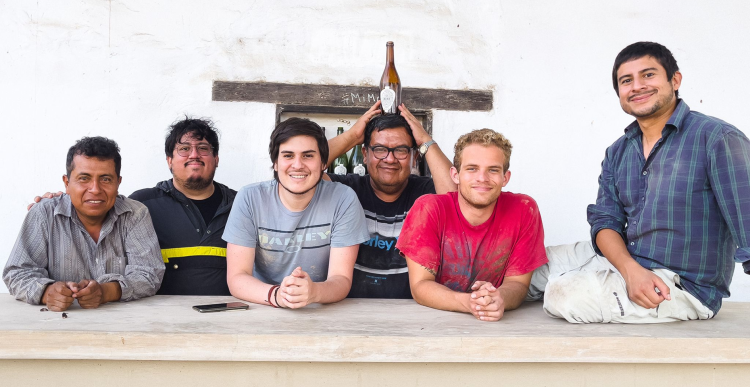
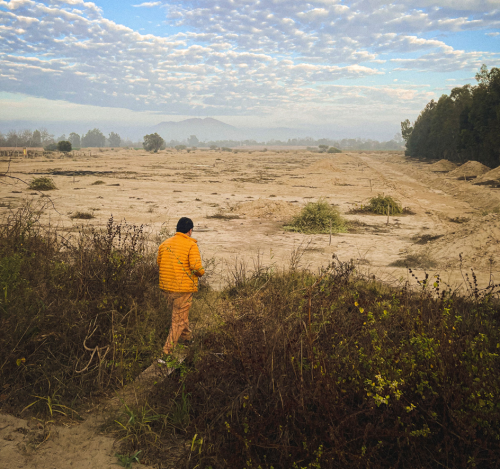
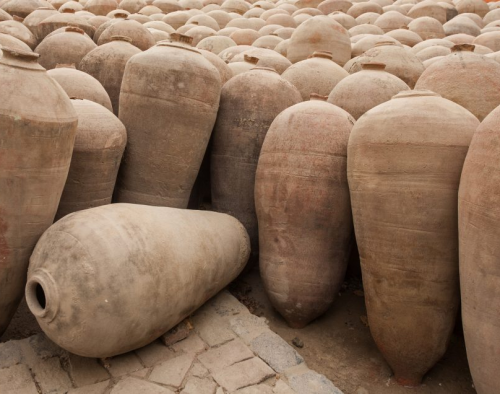
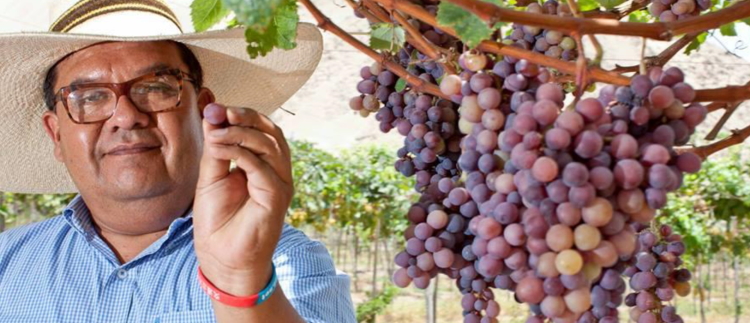
In line with a growing trend worldwide, Peru has some courageous winemakers hell-bent on reviving the use of indigenous grapes and/or using traditional winemaking techniques. High involvement wine drinkers will pay a healthy premium for these kinds of wines, enjoying the lure of ancient tradition and the rich back story being told. In addition, these revivalist approaches often involve low-intervention winemaking in vessels such as discarded clay amphorae, further increasing their appeal.
One of the courageous winemakers we mentioned before is Pepe Moquillaza. Pepe is a champion of the Quebranta grape which was created when Mollar and Negra Criolla (known as Pais in Chile) were introduced by the Spaniards and crossed. This makes it the only truly native Peruvian grape and, until recently, Quebranta had only been used to make Pisco. Now people like Pepe are making dry table wine with it, working with small producers, often using traditional clay amphorae called Botijas or Piskos (hence the term Pisco). Some of his projects are literally in the middle of the desert as you can see above, in extremely poor sandy soils, some at high altitude, and many with extended skin contact. Moquillaza´s wines have been included in tasting menus in prestigious restaurants such as Central and El Cellar de Can Roca, not bad for his first few efforts!
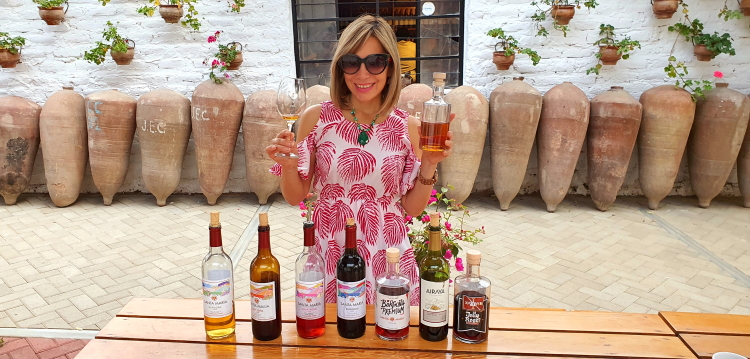
Quebranta produces a wine that is lighter in color than a normal red, but darker than a typical rose. The Viejo Molino wine mentioned below showed ripe red fruit aromas and flavors, such as cherry and raspberry, plus some herbal, mineral, and black tea notes. Certain examples may have a darker fruit profile, and intensity, colors, and tints will vary by terroir and winemaking choices. The Quebranta “Doble Pasta” by Viejo Molino is made using the “Ripasso” method made famous in Valpolicella, so Peruvian winemakers are experimenting and trying new things more and more.
Being such a low latitude country, differences in the altitudes of the vineyards in Peru are especially important and Pepe Moquillaza embraces this wholeheartedly. He loves to experiment with altitude on his projects, something that is easily done in the Andes. The vineyards in Ica and Lunahuana are at around 400 to 500 meters above sea level, Moquegua is around 1400 meters, Majes and Caraveli are closer to 2000 and the Apu winery near Cusco has plots up to an oxygen-starved 3300 meters!
A fresh crop of enthusiastic winemakers are often employing different approaches these days, many are embracing the natural wine movement and do not fine or filter, extended skin contact is a new thing (Pepe has wines that spend more than a year on their skins!), the use of reclaimed clay amphorae is gradually rescuing abandoned vessels and some wineries are even pruning the vine to force it to grow on the northern hemisphere cycle to get the best results.
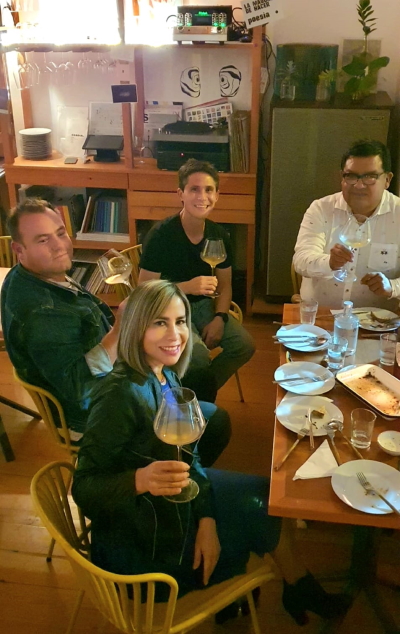
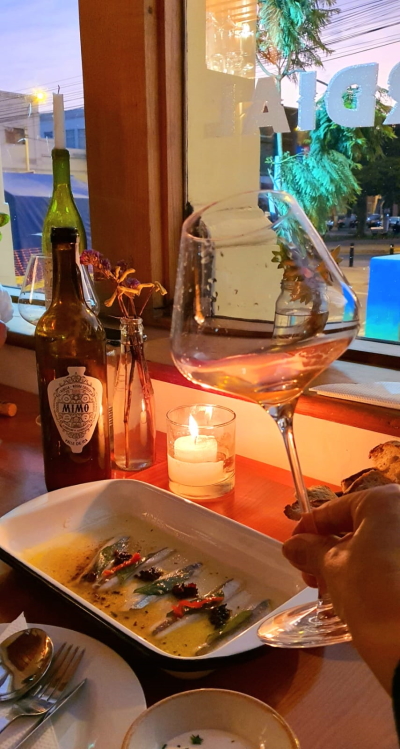
So there is a lot going on in Peruvian wine these days, dry wine may only be consumed by a tiny percentage of the domestic market, plus that destined for export to specialist retailers in the USA, Europe and Asia, but the tide is turning. In our humble opinion, anything that switches local palates away from the simple, cloying, semi-sweet wines is very welcome. We know this might take a very long time, but in the meantime, Malka and I are loving the exploration of the new dry wines, especially those from Quebranta, Negra Criolla, and Moscatel.
ps. It is worth mentioning an online seller covering Peruvian wine from many small producers, both dry and sweet wines, from native grapes and noble varieties, dedicated to wine from the land of the Incas.
Visit PeruVino to take a look (only in Spanish!)


